N,N'-二环己基碳二亚胺, 99.00,N,N'-Dicyclohexylcarbodiimide
产品编号:西域试剂-WR366494| CAS NO:538-75-0| MDL NO:MFCD00011659| 分子式:C13H22N2| 分子量:206.33
N,N-Dicyclohexylcarbodiimide(DCC) 是一种生化试剂,可作为生物材料或有机化合物,用于生命科学相关研究。
本网站销售的所有产品仅用于工业应用或者科学研究等非医疗目的,不可用于人类或动物的临床诊断或者治疗,非药用,非食用,
| 产品名称 | N,N'-二环己基碳二亚胺, 99.00 | ||||||||||||||||
|---|---|---|---|---|---|---|---|---|---|---|---|---|---|---|---|---|---|
| 英文名称 | N,N'-Dicyclohexylcarbodiimide | ||||||||||||||||
| CAS编号 | 538-75-0 | ||||||||||||||||
| 产品描述 | N,N-Dicyclohexylcarbodiimide(DCC) 是一种生化试剂,可作为生物材料或有机化合物,用于生命科学相关研究。 | ||||||||||||||||
| 产品熔点 | 34-35 °C(lit.) | ||||||||||||||||
| 产品沸点 | 122-124 ºC (6 torr) | ||||||||||||||||
| 产品密度 | 1.325 | ||||||||||||||||
| 产品闪点 | 87 ºC | ||||||||||||||||
| 精确质量 | 206.178299 | ||||||||||||||||
| PSA | 24.72000 | ||||||||||||||||
| LogP | 5.54 | ||||||||||||||||
| 外观性状 | 无色固体 | ||||||||||||||||
| 蒸气压 | 0.0±0.5 mmHg at 25°C | ||||||||||||||||
| 折射率 | 1.567 | ||||||||||||||||
| 溶解性 | Reaction | ||||||||||||||||
| 溶解性数据 | In Vitro: DMSO : 100 mg/mL (484.66 mM; Need ultrasonic) 配制储备液
* 请根据产品在不同溶剂中的溶解度选择合适的溶剂配制储备液;一旦配成溶液,请分装保存,避免反复冻融造成的产品失效。 In Vivo: 请根据您的实验动物和给药方式选择适当的溶解方案。以下溶解方案都请先按照 In Vitro 方式配制澄清的储备液,再依次添加助溶剂: ——为保证实验结果的可靠性,澄清的储备液可以根据储存条件,适当保存;体内实验的工作液,建议您现用现配,当天使用; 以下溶剂前显示的百分比是指该溶剂在您配制终溶液中的体积占比;如在配制过程中出现沉淀、析出现象,可以通过加热和/或超声的方式助溶
| ||||||||||||||||
| 稳定性 | 1.按规格使用和贮存,不会发生分解,避免与氧化物接触。 2.对皮肤具有较强的刺激性,使用时需戴上橡胶手套,应在通风橱中进行操作。该试剂容易吸潮,应保存在干燥器中。 | ||||||||||||||||
| 储存条件 | 1.储存于阴凉、干燥、通风良好的库房。远离火种、热源。防止阳光直射。包装密封。应与酸类、食用化学品分开存放,切忌混储。储区应备有合适的材料收容泄漏物。 |
相关文档
化学品安全说明书(MSDS)
下载MSDS质检证书(COA)
相关产品
| 符号 |
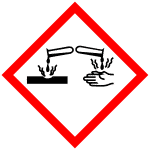

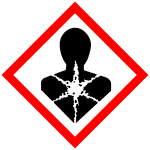
GHS05, GHS07, GHS08 |
|---|---|
| 信号词 | Danger |
| 危害声明 | H302 + H312-H315-H317-H318-H335-H336-H351-H373 |
| 警示性声明 | P260-P280-P301 + P312 + P330-P305 + P351 + P338 + P310 |
| 个人防护装备 | Faceshields;full-face respirator (US);Gloves;Goggles;multi-purpose combination respirator cartridge (US);type ABEK (EN14387) respirator filter |
| 危害码 (欧洲) | Xn:Harmful; |
| 风险声明 (欧洲) | R21;R36/38;R41;R43 |
| 安全声明 (欧洲) | S26-S36/37/39-S45-S41-S24-S37/39-S24/25-S36-S16-S53 |
| 危险品运输编码 | UN 2922 8/PG 2 |
| WGK德国 | 3 |
| RTECS号 | FF2160000 |
| 包装等级 | II |
| 危险类别 | 6.1 |
| 海关编码 | 29252000 |
Synonym:DCC; N,N'-Methanetetraylbiscyclohexanamine Section 2 - COMPOSITION, INFORMATION ON INGREDIENTS
Risk Phrases: 22 24 41 43 Section 3 - HAZARDS IDENTIFICATION EMERGENCY OVERVIEW
Harmful if swallowed. Toxic in contact with skin. Risk of serious damage to eyes. May cause sensitization by skin contact.Moisture sensitive.The toxicological properties of this material have not been fully investigated. Potential Health Effects Eye: Causes severe eye irritation. Skin: Causes moderate skin irritation. Ingestion: The toxicological properties of this substance have not been fully investigated. Inhalation: The toxicological properties of this substance have not been fully investigated. Chronic: No information found. Section 4 - FIRST AID MEASURES Eyes: Immediately flush eyes with plenty of water for at least 15 minutes, occasionally lifting the upper and lower eyelids. Get medical aid immediately. Skin: Get medical aid immediately. Immediately flush skin with plenty of water for at least 15 minutes while removing contaminated clothing and shoes. Ingestion: If victim is conscious and alert, give 2-4 cupfuls of milk or water. Never give anything by mouth to an unconscious person. Get medical aid immediately. Inhalation: Remove from exposure and move to fresh air immediately. If not breathing, give artificial respiration. If breathing is difficult, give oxygen. Get medical aid. Notes to Physician: Section 5 - FIRE FIGHTING MEASURES General Information: As in any fire, wear a self-contained breathing apparatus in pressure-demand, MSHA/NIOSH (approved or equivalent), and full protective gear. During a fire, irritating and highly toxic gases may be generated by thermal decomposition or combustion. Extinguishing Media: Use water spray, dry chemical, carbon dioxide, or chemical foam. Section 6 - ACCIDENTAL RELEASE MEASURES General Information: Use proper personal protective equipment as indicated in Section 8. Spills/Leaks: Absorb spill with inert material (e.g. vermiculite, sand or earth), then place in suitable container. Clean up spills immediately, observing precautions in the Protective Equipment section. Avoid generating dusty conditions. Provide ventilation. Section 7 - HANDLING and STORAGE Handling: Wash thoroughly after handling. Remove contaminated clothing and wash before reuse. Use with adequate ventilation. Minimize dust generation and accumulation. Avoid contact with eyes, skin, and clothing. Keep container tightly closed. Avoid ingestion and inhalation. Storage: Store in a tightly closed container. Store in a cool, dry, well-ventilated area away from incompatible substances. Section 8 - EXPOSURE CONTROLS, PERSONAL PROTECTION Engineering Controls: Use adequate ventilation to keep airborne concentrations low. Exposure Limits CAS# 538-75-0: Personal Protective Equipment Eyes: Wear appropriate protective eyeglasses or chemical safety goggles as described by OSHA's eye and face protection regulations in 29 CFR 1910.133 or European Standard EN166. Skin: Wear appropriate protective gloves to prevent skin exposure. Clothing: Wear appropriate protective clothing to prevent skin exposure. Respirators: Follow the OSHA respirator regulations found in 29 CFR 1910.134 or European Standard EN 149. Use a NIOSH/MSHA or European Standard EN 149 approved respirator if exposure limits are exceeded or if irritation or other symptoms are experienced. Section 9 - PHYSICAL AND CHEMICAL PROPERTIES Physical State: Solid Color: white Odor: None reported. pH: Not available. Vapor Pressure: Not available. Viscosity: Not available. Boiling Point: 122-124 deg C Freezing/Melting Point: 34-35 deg C Autoignition Temperature: Not applicable. Flash Point: Not applicable. Explosion Limits, lower: Not available. Explosion Limits, upper: Not available. Decomposition Temperature: Not available. Solubility in water: Reacts with water. Specific Gravity/Density: Not available. Molecular Formula: C13H22N2 Molecular Weight: 206.1674 Section 10 - STABILITY AND REACTIVITY Chemical Stability: Stable under normal temperatures and pressures. Conditions to Avoid: Incompatible materials, ignition sources, exposure to moist air or water. Incompatibilities with Other Materials: Acids, strong oxidizing agents. Hazardous Decomposition Products: Nitrogen oxides, carbon monoxide, carbon dioxide. Hazardous Polymerization: Has not been reported. Section 11 - TOXICOLOGICAL INFORMATION RTECS#: CAS# 538-75-0: FF2160000 LD50/LC50: CAS# 538-75-0: Dermal, guinea pig: LD50 = 10 mL/kg; Inhalation, rat: LC50 = 159 mg/m3/6H; Oral, mouse: LD50 = >800 mg/kg; Oral, rat: LD50 = 400 mg/kg. Rat: LC50 = 0.159-0.417 Carcinogenicity: Dicyclohexylcarbodiimide - Not listed by ACGIH, IARC, or NTP. Other: See actual entry in RTECS for complete information. Section 12 - ECOLOGICAL INFORMATION Section 13 - DISPOSAL CONSIDERATIONS Products which are considered hazardous for supply are classified as Special Waste and the disposal of such chemicals is covered by regulations which may vary according to location. Contact a specialist disposal company or the local waste regulator for advice. Empty containers must be decontaminated before returning for recycling. Section 14 - TRANSPORT INFORMATION IATA No information available. IMO No information available. RID/ADR No information available. Section 15 - REGULATORY INFORMATION European/International Regulations European Labeling in Accordance with EC Directives Hazard Symbols: T Risk Phrases: R 22 Harmful if swallowed. R 24 Toxic in contact with skin. R 41 Risk of serious damage to eyes. R 43 May cause sensitization by skin contact. Safety Phrases: S 26 In case of contact with eyes, rinse immediately with plenty of water and seek medical advice. S 28 After contact with skin, wash immediately with... WGK (Water Danger/Protection) CAS# 538-75-0: 2 Canada CAS# 538-75-0 is listed on Canada's DSL List. CAS# 538-75-0 is not listed on Canada's Ingredient Disclosure List. US FEDERAL TSCA CAS# 538-75-0 is listed on the TSCA inventory. SECTION 16 - ADDITIONAL INFORMATION N/A |
| 上游产品 10 | |
|---|---|
| 下游产品 10 | |

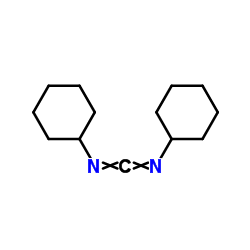






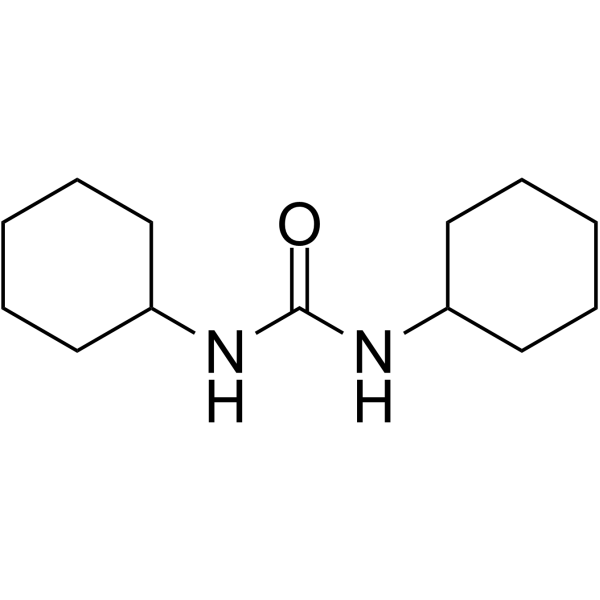
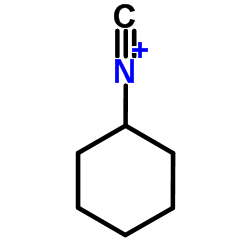
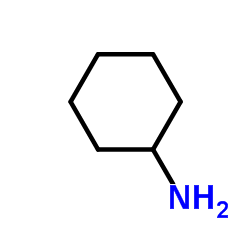
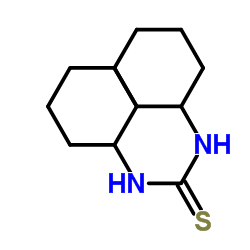
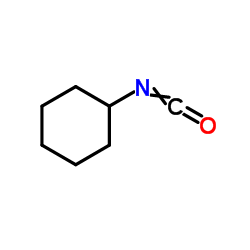
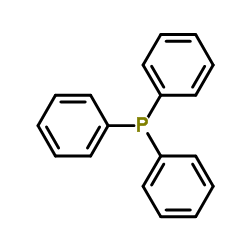
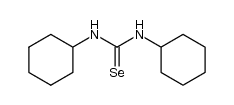
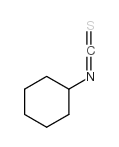

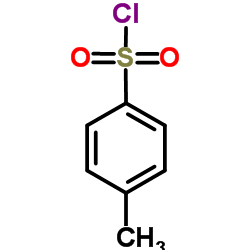
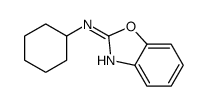
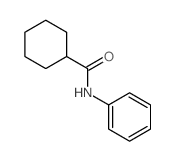

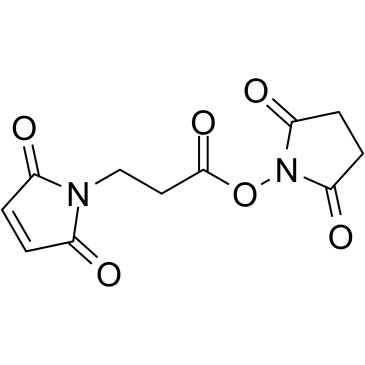
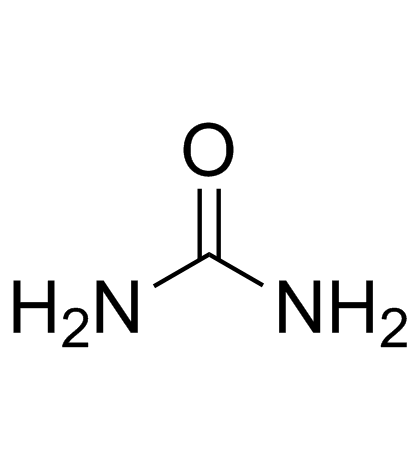
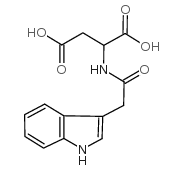
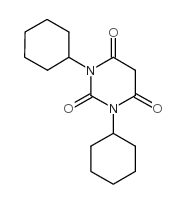
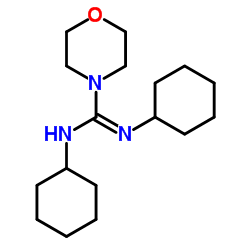
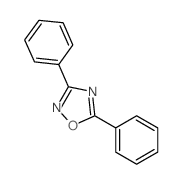






 浙公网安备 33010802013016号
浙公网安备 33010802013016号